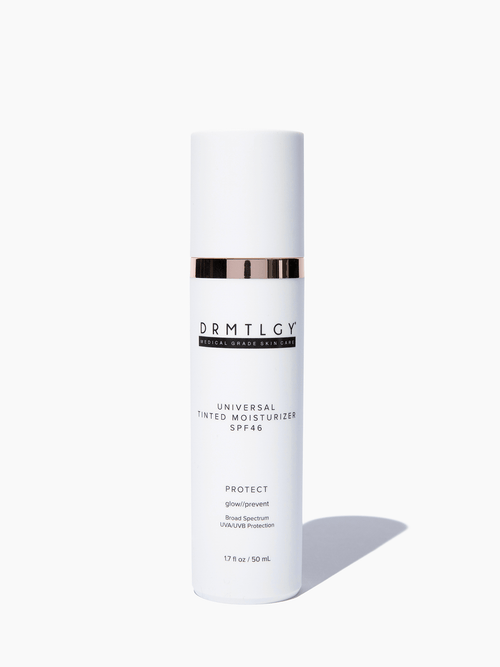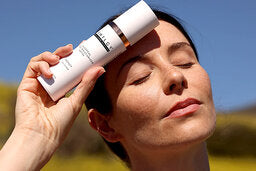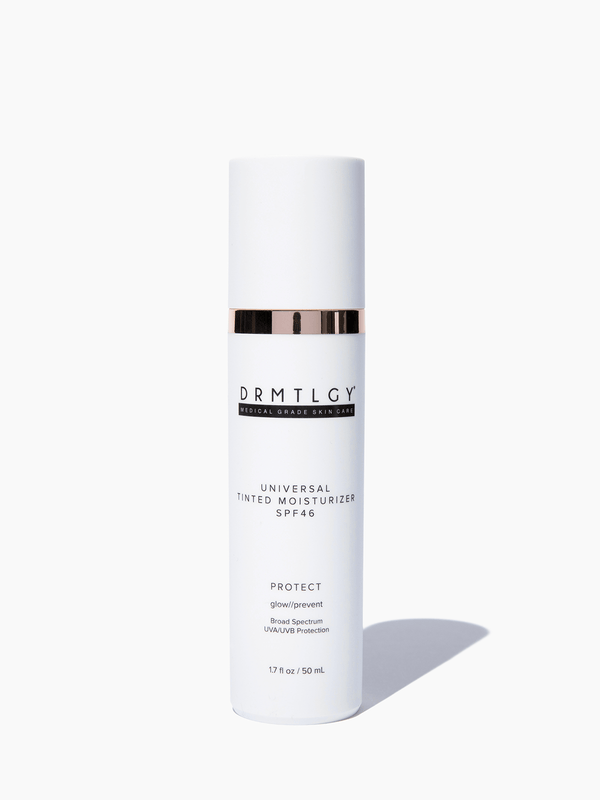Are you wondering what the differences are between AHAs, BHAs, and PHAs?
These three types of chemical exfoliants are commonly used in skincare products to improve the texture and appearance of the skin, but they work in different ways and are suitable for different skin types.
AHAs, or alpha hydroxy acids, are water-soluble exfoliants that are used to improve the texture and tone of the skin. They are generally gentler than BHAs and are suitable for all skin types, including sensitive skin. AHAs are often used to reduce the appearance of fine lines, uneven skin tone, and rough texture. Glycolic acid and lactic acid are common types of AHAs.
BHAs, or beta hydroxy acids, are oil-soluble exfoliants that are typically used to treat oily or acne-prone skin. They are able to penetrate deep into the pores to unclog them and remove excess oil, making them effective at reducing the appearance of blackheads and other types of acne. Salicylic acid is the most common type of BHA.
PHAs, or polyhydroxy acids, are a newer type of exfoliant that are similar to AHAs but are generally even gentler and less irritating. They are suitable for all skin types, including sensitive skin, and are often used to improve the appearance of fine lines, uneven skin tone, and rough texture. Gluconolactone is a common type of PHA.
It's important to use chemical exfoliants as directed and to follow the instructions provided by the product manufacturer. Overuse or improper use of these products can lead to irritation or other unwanted effects. It's also a good idea to use a sunscreen with an SPF of at least 30 when using chemical exfoliants, as they can increase the skin's sensitivity to the sun.
So, which type of chemical exfoliant is right for you? It ultimately depends on your skin type and concerns. If you have sensitive skin or are new to using chemical exfoliants, PHAs or AHAs may be a good choice. If you have oily or acne-prone skin, BHAs may be more effective.













